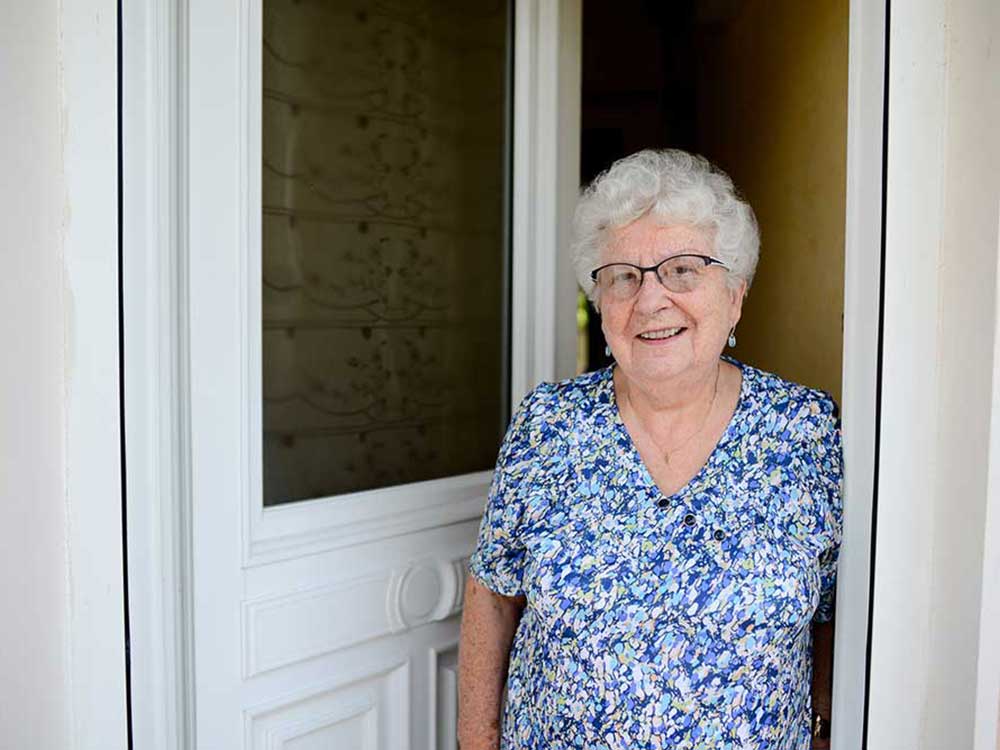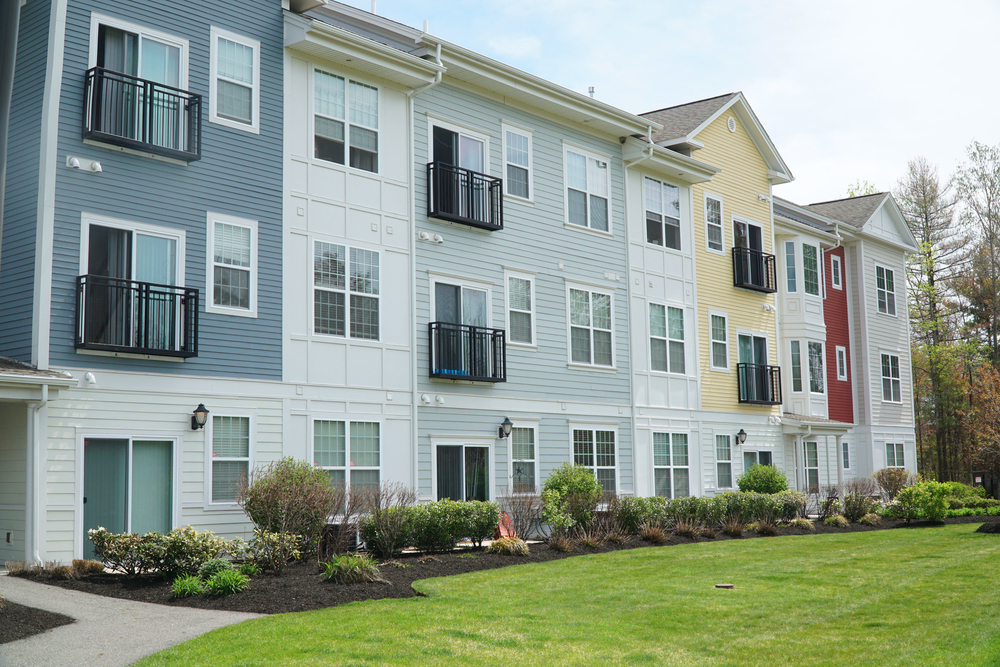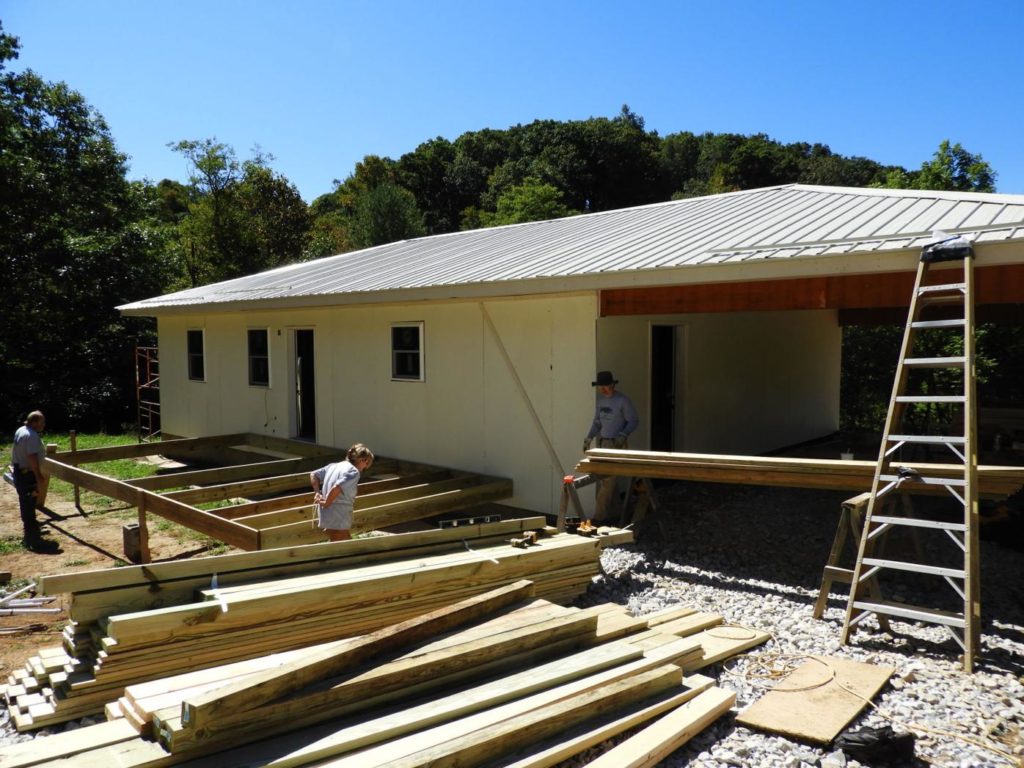Thank you for your interest in our September 2021 virtual community meetings where we shared updates on regional investments, provided an overview of the progress made toward developing goals in each of our four Strategic Priority areas and heard community input.
More than 600 people joined us for our virtual Annual Meeting on October 28, 2020. During that meeting, we shared Dogwood’s strategic priorities and updates on our work so far.
We also asked for community input – through questions submitted in advance, through a live chat during the meeting, and through two online surveys launched during the meeting that remained open for several days. Your ideas and suggestions help to inform our strategic planning and decision-making processes. More than 300 people shared their thoughts, and we’re pleased to share the key themes and common questions here.
During our annual meeting, we addressed many of the questions submitted in advance. We encourage you to watch the recording of the meeting. The most common questions that emerged before and during the event are answered below.
You can visit our online portal to fill out a pre-application. This pre-application offers a place to share ideas and plans and initiate the process of working with the Dogwood Health Trust Impact Team.
We recognize that there will be partners within our four strategic priority areas who will need capacity support to help achieve common goals. We are working internally to determine how we will define “capacity building” and how we will invest in the capacity of our partners within the context of our work toward our four strategic priorities.
Every strategic priority will have a number of specific goals and metrics, which we will identify early in 2021. Some will be shorter term, and some longer term. For example, we might choose to identify a minimum number of affordable housing units created in a certain timeframe or a percentage decrease in those experiencing food insecurity. We will share those goals and metrics and work with partners who also commit to achieving them. We will hold ourselves and one another accountable and adapt our work as needed to achieve them.
Always. Listening and learning are critical to our ongoing work. As the world around us changes, the needs of communities will change. New ideas will spring forth. New opportunities and assets will present themselves. In order to dramatically improve the health and wellness of our region, we must stay in constant communication. We will share what we learn as we go along, and we will continue to seek and gather ideas and recommendations from our partners and communities. We may not be able to respond to every individual inquiry, but we will always listen with respect.
Within our four strategic priorities, we seek to create a WNC where every generation can live, learn, earn and thrive with dignity and opportunity for ALL. No exceptions. We will strive to ensure that each of our four priority areas is inclusive of everyone and make special efforts to ensure that inclusion occurs.
As our staff began to grow in 2020, we considered how to accommodate the need for more space. Our first plan was to lease an additional floor in our current office building at 890 Hendersonville Road in Asheville. However, when the opportunity to purchase the entire campus presented itself in late summer, we conducted a financial analysis and realized that we could purchase the campus for only slightly more than we’d pay to rent two floors of space. The entire campus includes four acres and five floors of office space in two buildings. We also recognized that this might eventually allow us to create an easily accessible gathering and convening space for nonprofit organizations, which was a need we have heard frequently from those throughout the region. We are currently renovating the space.
As we’re sure everyone can understand, we cannot discuss specifics of personnel matters. However, we are happy to share the news of new arrivals, such as of our Interim CEO, Dr. Susan Mims. Selecting Dr. Mims as an Interim CEO gives our organization time for reflection before beginning the search for our next CEO. Our board will work to design a thoughtful and intentional search process in 2021, and we will provide more information as that effort gets underway. We are also delighted to welcome a new Senior VP of Impact, William Buster, and we will continue to share news as other senior leaders join our team.
Although Dogwood Health Trust was formed from the proceeds of the sale of the assets of Mission Health System to HCA, Dogwood Health Trust itself has very limited areas of influence over HCA’s actions. Our oversight is restricted to 15 commitments HCA made during the sale of Mission Health System. We work with an Independent Monitor to fulfill that oversight role and report our findings to the North Carolina Attorney General. There are a number of other organizations that oversee hospital quality, care, and cost in North Carolina.
Address:
890 Hendersonville Rd
Asheville, NC 28803
Mailing:
890 Hendersonville Rd
Asheville, NC 28803
Join our mailing list to receive updates on our latest news, funding opportunities, and more.
© 2024 Dogwood Health Trust. All rights reserved.

Support programs and networks that reduce deaths, treat addiction, and prevent first use

Help reduce disparities based on race, location, education and income factors

Invest in integrated heath care with seamless connections to supportive services

Support communities that promote healthy living and resiliency and help mitigate the impact of trauma, isolation and stress on individuals and families, especially those experiencing poverty

Support a well-funded, sustainable, competitive entrepreneur and small business ecosystem throughout the region

Help build a regional economic ecosystem that supports increased creation/retention of jobs and business ownership

Help build a skilled workforce with the knowledge and technical abilities to excel in a wide range of industry employment opportunities that provide a competitive, sustainable wage

Source, analyze and share a comprehensive, county-by-county data set that paints a full picture of work readiness, economic development and entrepreneurial needs and opportunities specific to Western North Carolina

Work in tandem with Economic Opportunity Strategic Priority to invest in career readiness at the community college and university levels

Support K-12 learning experiences with the resources and sustainability to provide an excellent academic and social-emotional education, so that all students graduate ready for college or career

Invest in an improved early childhood education ecosystem with the resources and sustainability to provide developmentally appropriate, affordable and accessible education and care to support ages birth to five, so that all children in WNC enter kindergarten ready to learn

Source, analyze and share a comprehensive set of publicly available data that provides a regularly updated, county-by-county picture of access, workforce and student outcomes in early childhood education and K-12 education specific to Western North Carolina

Loans, guarantees, and other financial tools to leverage funding opportunities

Increase affordable housing for lowest-income individuals and families

Support age-appropriate resources in affordable and workforce units, rental and owned

Invest in housing with sustainable supports for physical and mental health and wellbeing

Support healthy and safe revitalizations that work against displacement and gentrification, preserve home ownership and create generational wealth.